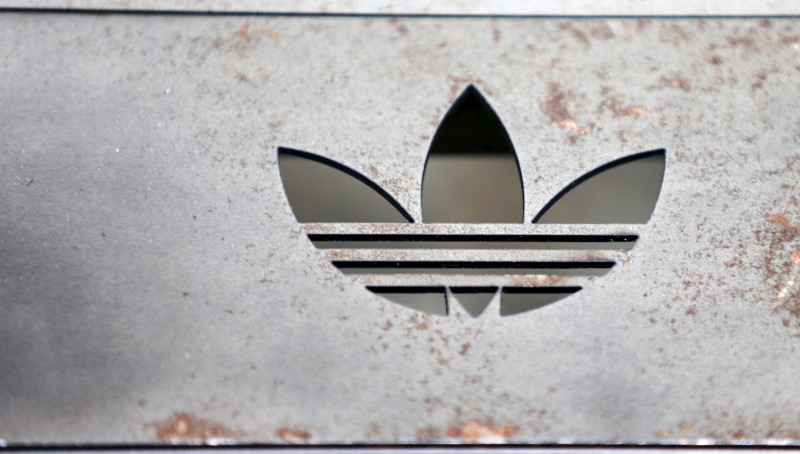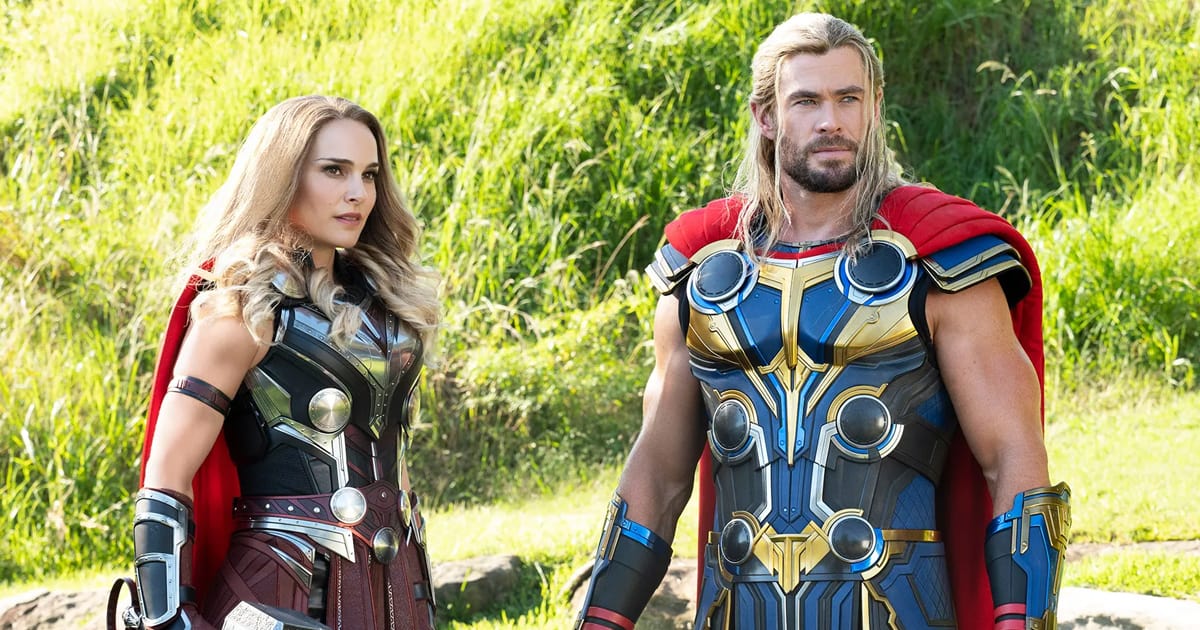Remember in May 2021, when Elon Musk tweeted that Tesla would no longer accept Bitcoin as payment for its electric vehicles? And yet, credit card behemoth Visa reported that over $1 billion were spent using Visa cards that were linked to crypto in the first six months of 2021. Even payment companies like Bakkt and Paypal were facilitating payments through crypto. It’s interesting how many companies and startups have embraced and incorporated cryptocurrency into their… wait a minute. Is this all we have to talk about when there’s a whole new world that decentralisation has created? Do we only have to talk about crypto when exploring how startups and companies are embedding Web 3.0 and decentralisation? Why is it that cryptocurrencies dominate all the tech websites and podcasts and completely overshadow the multifaceted potential of Blockchain?
So, what exactly is Blockchain and how do companies use all it has to offer? In essence, Blockchain is a database. Centralised networks use intermediaries like banks to validate the legitimacy of transactions between two parties. After all, banks are the face of trust and authenticity, so they make the transactions valid. These transactions are documented through a ledger, for which intermediaries charge a fee, to prevent fraud and double-spending. Decentralised systems, on the other hand, keep track of transactions through a network of computers. When a transaction takes place, it is passed on to other computers, where sophisticated cryptography authenticates its legitimacy. A block typically consists of 500 transactions and a block becomes a blockchain when the first and last block transactions are securely linked via a key. Anyone with a personal node can access this; each node would have a copy of the chain whenever new blocks are added.
Also called distributed ledger tech (DLT), Blockchain not only powers crypto, but it can also do so much more. It works on a different principle than something like Bitcoin, which needs a computer to prove its presence on the blockchain network to validate a transaction. That’s called “proof of work” (PoW) to confirm a transaction has happened. On the other hand, Blockchain uses “proof of stake” (PoS), where folks use cryptographic transactions to verify connections. That’s comparatively cheaper, less energy-intensive and has more scalability.
In today’s startup world, information and data form the basis of commerce. Speed and accuracy are what are desired in today’s world of digitisation. Currently, startups are duplicating their records and counting them twice, they’re trying to find out what’s naughty and nice. Such systems are hackable and susceptible to online attacks. A lack of transparency would impede and restrict data verification. The fly-in-the-ointment of the startup is when they’re vulnerable due to human error. Blockchain helps deal with that. The ledger delivers information rapidly on an authorised network that only fixed members can access. Blockchain can track and trade anything of value. Nodes can help track the transaction from beginning to end. So, why isn’t this ledger tech being fully utilised to optimise operations during this massive wave of digitisation borne out of the Covid-19 pandemic?
Companies have different ways of going about it. They can operate on a peer-to-peer private blockchain network, which would be entirely within the startup’s control. Think about how many elements need to work to sustain a venture. It’s about an amalgamation of components and if one of them were to implode, the system would come crashing down. An organisation’s supply chain is made up of a complex network of relationships, schedules and data. A well-oiled machine could be derailed by a minor mistake.
Blockchain can combat that by providing digitisation of a company’s supply chain system by integrating banks, services, logistics providers and more across the realm. Just like people, products and services go through stages in life. If at one stage, there are issues, the whole life cycle is compromised. By providing records that are permanently stored digitally and accessible, Blockchain technology creates a better mousetrap, as Shark Lori Greiner likes to put it. Even better, the stakeholders can see the status of the product or service at every stage.
Even the Metaverse may need Blockchain. Yonatan Raz-Fridman of SuperSocial remarks, “If companies like Meta expect to participate, they will have to compromise on interoperability. This means allowing avatars to switch from one Metaverse project to another putting the digital clothes.” Blockchain tech would be able to provide crypto DNA for a one-to-one mapping of the individual to an avatar. Sure, you can have a Metaverse with Blockchain, but if the plan is to democratise the Internet ecosystem and make it transparent, accessible and interoperable, then it wouldn’t hurt to inculcate Blockchain tech.
ESG is another buzzword you’re often hearing. It’s being favoured by progressive companies and startups who are trying to raise ESG ratings with social consciousness dominating the consumer landscape. ESG reporting helps ascertain how sustainable companies are. Yet, ESG-based sustainability ratings are still insufficient, owing to a lack of data verification, consistency and transparency. With Blockchain, they can access information about a potential company and augment corporate governance transparency. A secure and open tool, it can enable data standardisation and data transparency.
The term “smart contract” is often part of the lexicon now. Befitting the degree of automation that the world is subject to, contracts can now self-execute. These contracts exist on decentralised blockchain networks with everything predetermined and eliminate the need for third parties by ensuring that all parties to an agreement abide by its terms and conditions while still operating. Smart contracts make sure that everyone gets paid as long as they uphold their end of the bargain. If someone were to renege in the real world, you’d have to deal with all the intermediaries that you wouldn’t have to, with Blockchain.
KYC (Know Your Customer) has become the go-to for obtaining the identities and addresses of customers. But that needs to be periodically updated, which can be redundant, cumbersome and time-consuming. Blockchain architecture can collect data in one cryptographically secure and unassailable database that doesn’t need any third-party verification. An individual would need to go through the KYC procedure only once.
Furthermore, the risk of identity theft and money laundering is mitigated. There would be total transparency because the information is immutable. Additionally, companies may use Blockchain to learn about different consumer trends and how to cultivate a devoted consumer base. This would be a boon to marketers by growing their Return on Investment (ROI) using data at their disposal.
Blockchain can also revolutionise financial services by digitising asset classes. Those valuations and transactions can be opaque and investors are left with unreliable data. The tech can completely transform the alternative assets market by automating and streamlining operations by managing fund data with unprecedented levels of adaptability and versatility.
No one can really say how Blockchain is going to develop, but it does seem that its adoption is occurring at a rate faster than the digital banking revolution. The positive disruption of Blockchain has still not been fully explored by startups and harnessing it can help them become immunicorns. Blockchain’s always the one in the box, while crypto gets the spotlight when it does its magic. Let’s go beyond the realm of crypto for startups. If the road to the future is digital, then blockchain is the highway to the danger zone.
Shrija Agrawal is a business journalist who has covered startups and private capital markets before it was considered cool in India
The views expressed are personal
















